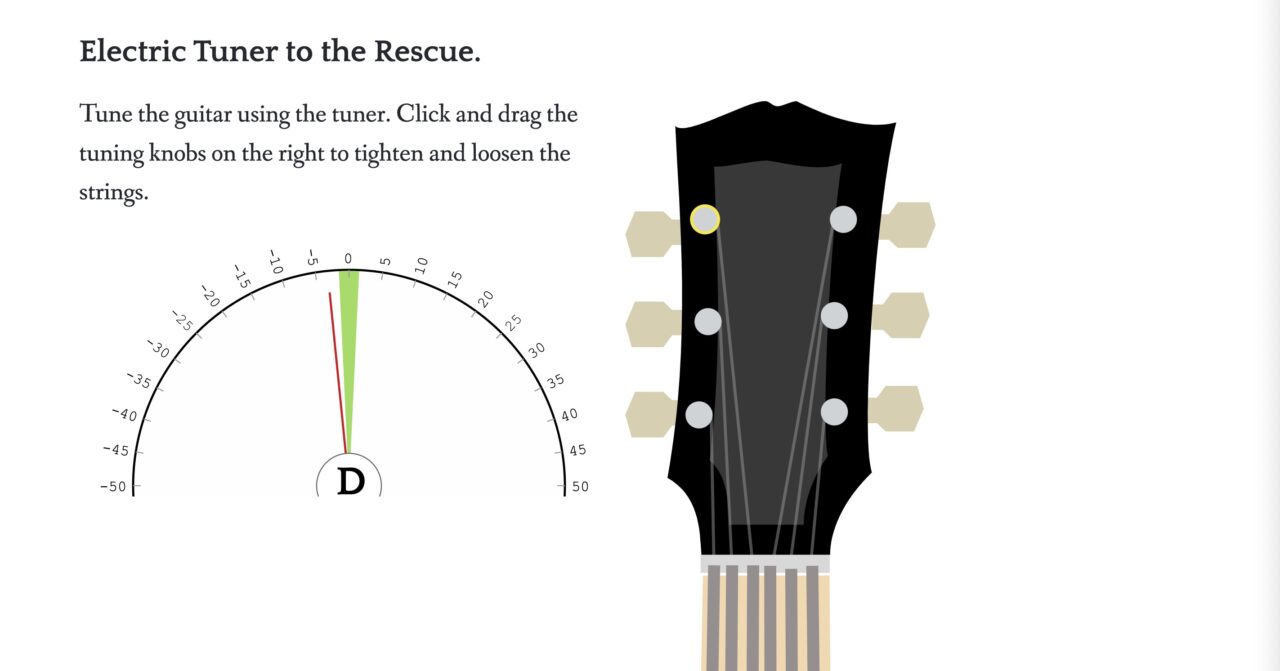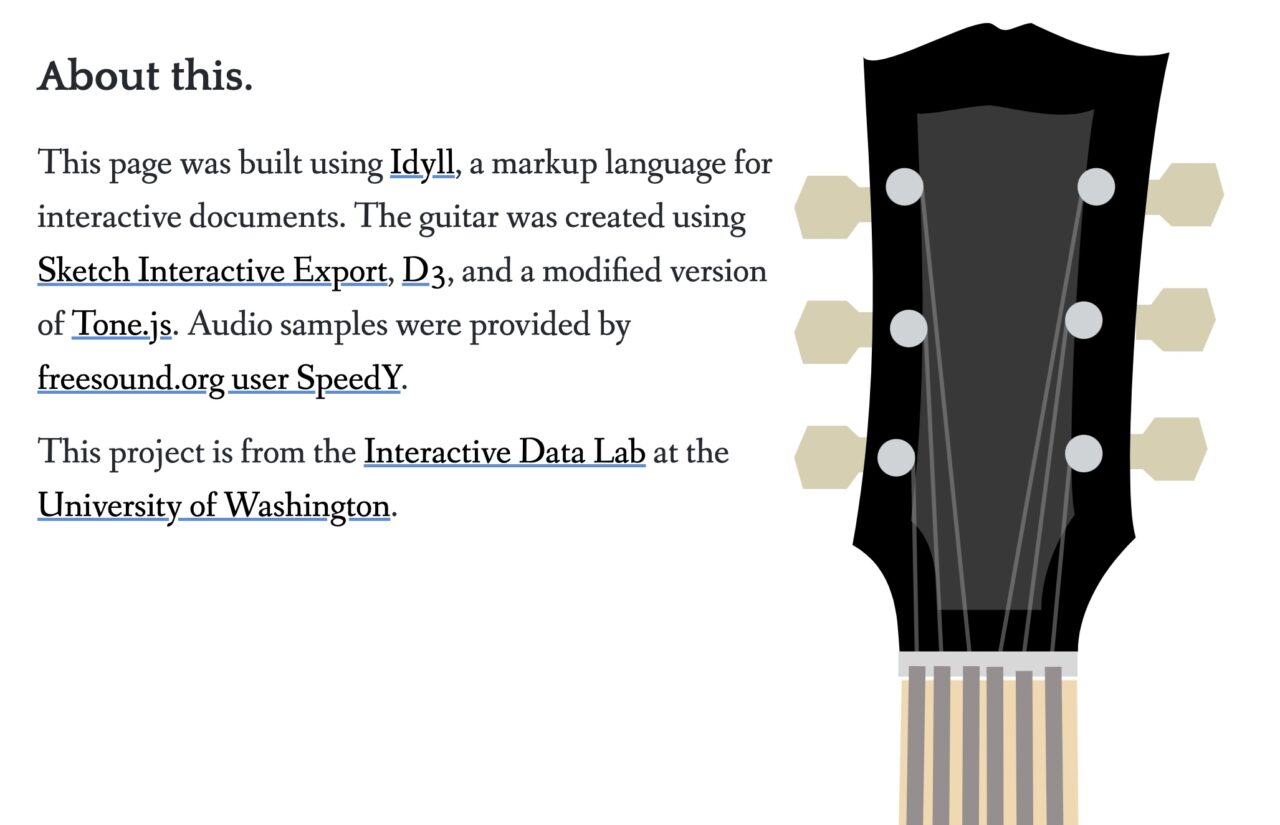All the places are full of doom, gloom, apocalypse about the state of the bird site or the impending end of _____ at the hands of AI or just the regular invoking of internet as burning dumpsters.
I do not deny that these foul things are happening nor is this head in the sand. It’s a bit like the old joke goes about “good thing I did not step in it”.
Every day I experience acts of curiosity laced discovery, that feel again, like magic, and gets back to my old question, Do You Ever Wonder What Happened to Wonder?
Here is one day’s path, it was cast into Fediverse space, my threading is likely mangled, but I always aim to anchor my content here in the blog haus.
It Starts with a DS106 Daily Create
I likely would have maybe passed this one up, but the DS106 Daily Create for December 14, 2022 was to make something to relate to “Monkey Day”. My tingly senses went off reading Kevin’s (@dogtrax everywhere) response
I vaguely remember a web site I used like 10+ years ago in digital storytelling sessions, it was a play on the million monkeys typing idea. I could not remember a name or a URL, and web searches only turned up info related to the infinite monkey theorem mentioned by Kevin.
Into the Bookmarks I Go
As often I turned to a search in my Pinboard bookmarks (which also include all the older stuff back to ~2006 I tagged when del.icio.us was a thing) hoping I had tagged it. From a search on “monkey” there I got… de nada.
As usual, the majority of pre-2010 links are dead. Well a lot in general.
Way to go, deleters of the web, sing your song.
I got a link I saw for Explorable Explanations, which my bookmarks indicate I saw it in 2017, but I have forgotten it completely. But talk about small gems!
Lion cubs play-fight to learn social skills. Rats play to learn emotional skills. Monkeys play to learn cognitive skills. And yet, in the last century, we humans have convinced ourselves that play is useless, and learning is supposed to be boring.
Gosh, no wonder we’re all so miserable.
Welcome to Explorable Explanations, a hub for learning through play! We’re a disorganized “movement” of artists, coders & educators who want to reunite play and learning.
Explorable Explanations
No wonder I bookmarked it!
It is a nifty collection of external links. I get distracted by a link to web presentation/resource by a web hero Bret Victor (definitely not a deleter) in 2015 on What can a technologist do about climate change? A personal view. Part of the path of wondering is not diving deep into everything, but at least making some mental notes (or heck bookmarking it for later).
What a Guitar!
From the Explorable Explanations home page I am enticed by one of the random suggested links as front page suggestions (you have no many times I suggest to colleagues that our static web pages need these bits of randomness to serve up content thats buried 10 links deep). The one I jump to is a beautiful animated, audio interactive web piece on “How to Tune a Guitar” (Kevin as a talented musician would definitely appreciate this).
https://mathisonian.github.io/idyll/how-to-tune-a-guitar/
It not only covers the steps, but some of the physics. It’s elegant, something one person published in Github.

It’s a bit like one of those New York Times scrolling “snowfall” type web sites by colleague Bryan Alexander loves to share.
It’s so damned interactive!

This resource not only covers the steps of guitar tuning, but dives into the physics of sound. It’s very elegant, a standalone website published in Github. When people talk smack about innovation in technology or only spend time looking at links that are shoved at them in algorithms, I just shake my head in wonder (remember that) at how many individual web ideas of imagination are sitting out there in not just GitHub but also CodePen and many more.
You can not only enjoy the front end of this web site you are welcome to dive underneath and poke around at the parts that make it work. If you find any site published under github.io if they do not link to the source, you can get there. So for any URL like
https://mathisonian.github.io/idyll/how-to-tune-a-guitar
You can find it’s code at
https://github.com/mathisonian/how-to-tune-a-guitar
If you need AI to find the pattern… sad face.
This gets into one of those spaces I wonder (again) about the how educators think about Open Educational Resources (you know the acronym). It’s only OER if it has a license on it, or for many, it seems, if it is a open textbook. When I look at How to Tune a Guitar it’s not an OER -there’s no explicit license on the web site, but there is one if you can get into that Github source.
But that’s not my point, this is not an OER as is, but has all the potential to be part of one with context, an activity wrapped around it.
I Digress- The Next Wondering Step
I always look for the footer or credits for web stuff, and here is an interesting bit at the bottom of the How to Tune a Guitar site

I sort of know what Sketch is )(oh it’s not that one), I have used D3.js before, but am curious about the Tone.js library. I am definitely interested in seeing what other projects at the UW Interactive Data Lab.
All possible paths to explore, but the one that jumps out is in that first sentence “This page was built using Idyll, a markup language for interactive documents.”
Deeper Into the Web I Go
What is this Idyll? It’s another thing from University of Washington, it looks some kind of web builder based on Markdown but extended by offering a way to include Javascript.
That’s pretty slick.
I could go deeper but part of this whole practice is knowing when to pull out. The links they go on forever. So I bookmark Idyll in Pinboard, where I likely will forget about it.
Until one future day when I might stumbled on it again.
In the drama of twitter meltdown I have heard colleagues talk about all the links they shared there that they will lose. Like they saw Twitter as the place to store their stuff.
In my approach, I do not have to worry about things I have shared/found in twitter vanishing when the bird goes belly up. I got ’em right here.
And That is Just one Day
I have similar adventures almost every day. They are not initiated in just in one place, sometimes its an email list, a blog post, a tweet/toot, heck sometimes just in the footer of a random web page or email.
But I have a personal rule I mostly try to stick to. Rather then merely re-tweet/toot what someone else wrote, I try the darn thing, and then share my own description.
This just happened when my good friend Grant Potter (who share so many amazing things I lose track) posted in Mastodon about something called Riffusion (yup I bookmarked it too). If you are just stuck on AI as spitting out odd images or just ChatGPT nonsense, see what happens (or not) for generating music.
Yes, I could have linked shared, but I prefer to try the thing.
That’s how my internet works. Yours is likely radically different.
For me, it’s as fun as Go Dog Go.
Featured Image:


